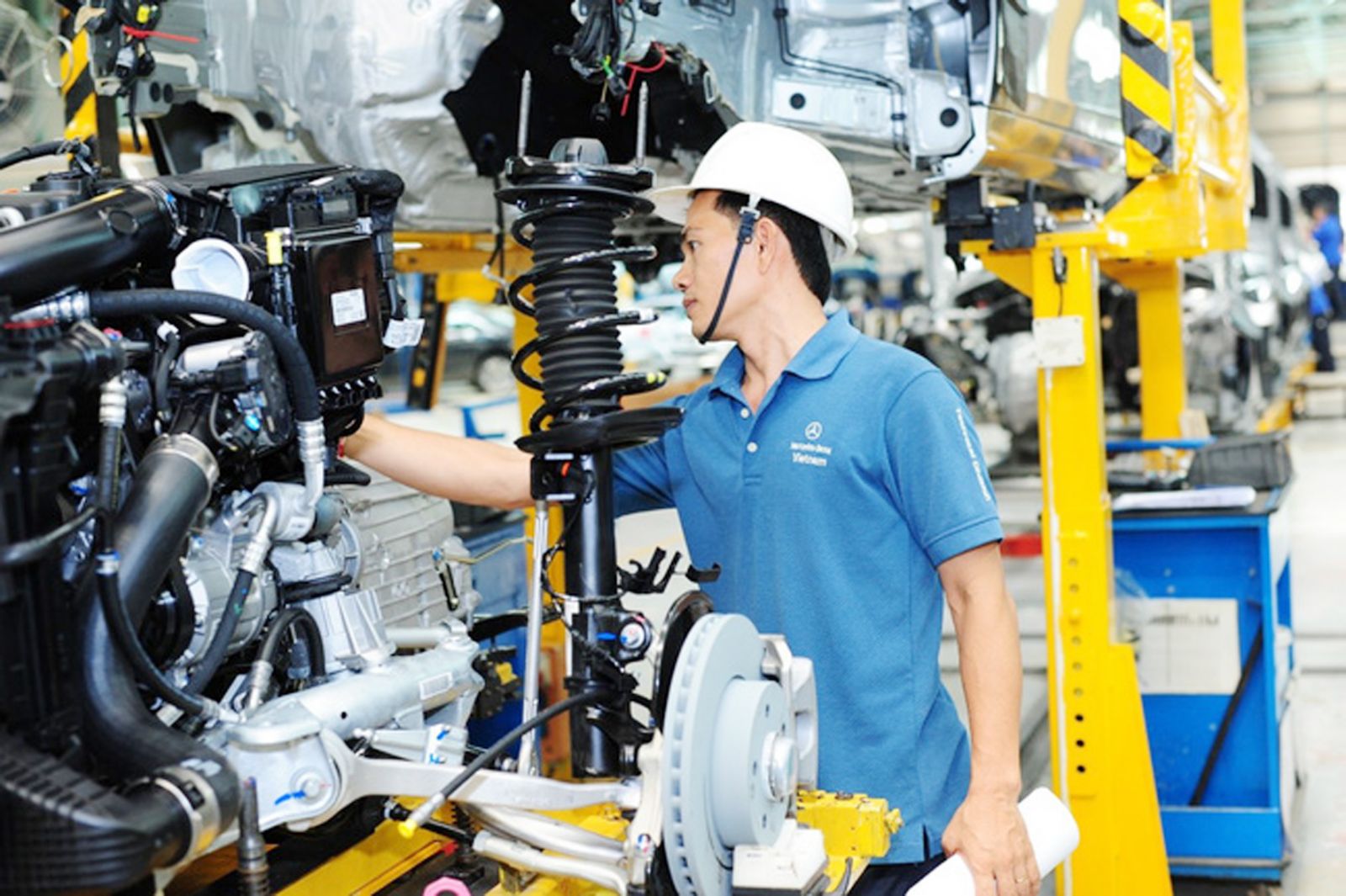Though Vietnam has opportunities in attracting FDI firms in the wake of the Sino-US trade dispute, the country must make more investments and reforms so as to take advantage of the inflow, experts said.

Vietnam has to compete strongly with other regional countries to lure FDI firms.
It was expected that the trade war helped Vietnam lure more FDI due to the exodus of foreign investors out of the United States, China and the European Union given the increased production costs. However, Vietnam also has to compete strongly with other regional countries to attract the inflow.
According to Nguyen Duc Thanh, director of the Vietnam Institute for Economic and Policy Research, whether the FDI capital flows to Vietnam, India or Indonesia or elsewhere will have to do with these countries’ business environment and quality of labor force.
Among ASEAN countries, Malaysia, Indonesia and Thailand are countries with better industrial infrastructure while out of the bloc, India enjoys a significant advantage of having English as a common language and a massive young labor force. Vietnam is but one among many options.
In fact, while investment from mainland China and Hong Kong to Vietnam was quite aggressive in the first half of this year, high-tech FDI inflow to the country remained modest.
According to the General Statistics Office, China remained the largest investor with capital totaling US$1.68 billion in the first six months of 2019, far exceeding the traditional partners from East Asia, such as Japan and South Korea, which trailed far behind with US$1.24 billion in the case of South Korea, and US$972 million of Japan.
Notably, the United States invested just shy of US$180 million in Vietnam in the first six months of this year. So far, the world’s number-one economy has committed only US$10 billion into Vietnam., versus US$300 billion it has invested worldwide.
Skilled workforce
John Chong, CEO of Maybank Kim Eng, said in order to take advantage of the shifting of FDI inflow from tech firms, Vietnam must make investments to improve its labor force and infrastructure.
According to experts, one of Vietnam's weaknesses is the lack of skilled workers, emphasizing that Vietnam is far behind China, Singapore, Malaysia and Thailand in this field while developing a highly skilled workforce is critical to attracting FDI into value-added industries.
In fact, the availability of large pools of low-cost labor has positioned Vietnam as the premier hub for labor-intensive business operations, particularly in manufacturing. Therefore, as its labor cost is equal and even higher than other countries, Vietnam will have to replace the cheap labor advantage for the skilled workforce advantage in the coming time to raise the competitiveness.
“It is necessary to develop skilled human resources to reposition Vietnam’s competitive edge in attracting foreign investment,” Deputy Minister of Planning and Investment Vu Dai Thang said.
Besides, inadequate infrastructure is also among the biggest barriers facing the country in attracting and disbursing foreign direct investment.
According to Sajal Kishore, head of Asia-Pacific Infrastructure and Project Finance at Fitch Ratings, the Vietnamese government lacks the fiscal capacity to meet financing requirements for large infrastructure projects on its own. Thus, improving conditions for foreign capital investment is critical for the sustainable development of Vietnam’s infrastructure.
“To meet Vietnam’s capital demand for infrastructure development, the country will need to leverage on domestic and international capital markets and attract foreign direct investment,” Kishore said, adding that increasingly, the government has also sought privatization and divestment as a means to handle the challenges of infrastructure financing.
Private financing, through Public Private Partnership (PPP) schemes, is another channel that is being promoted for infrastructure development in Vietnam, he said.

















